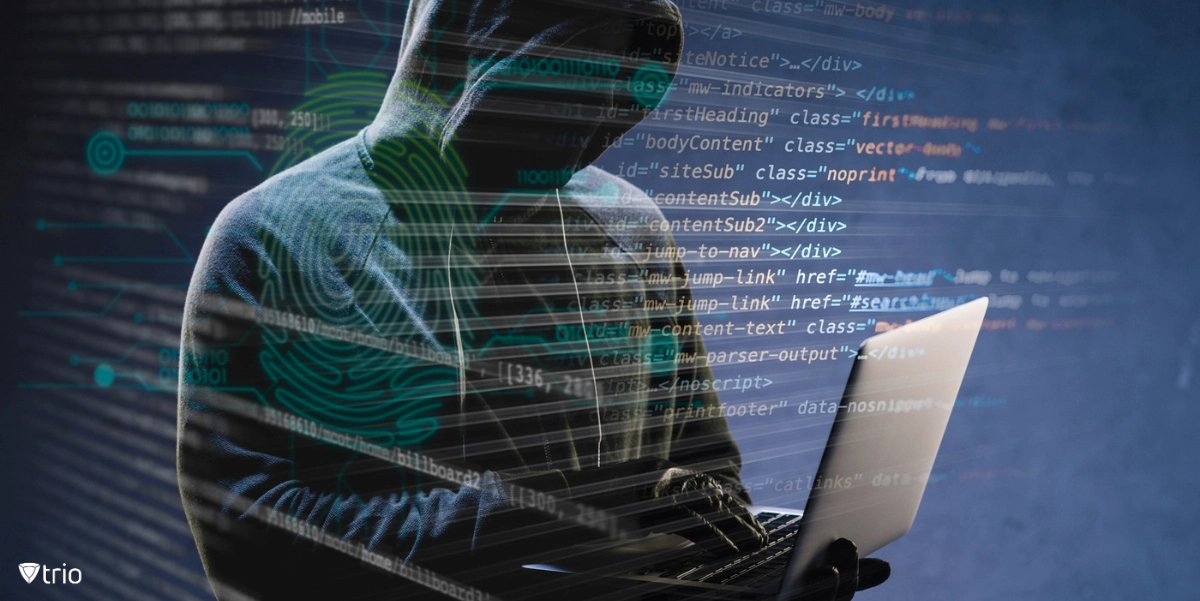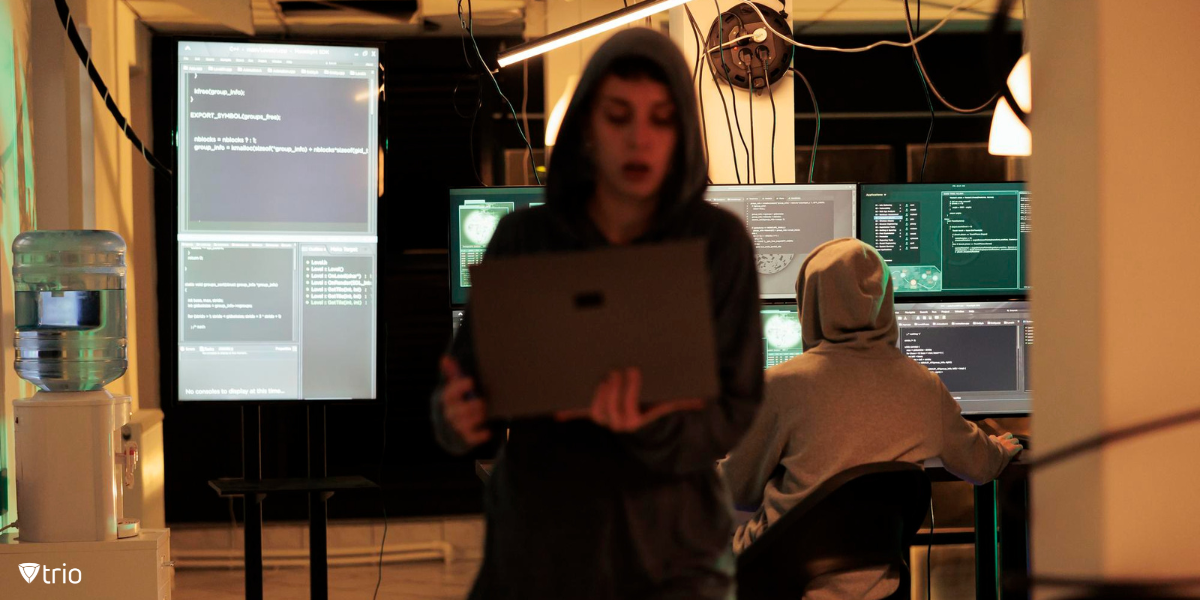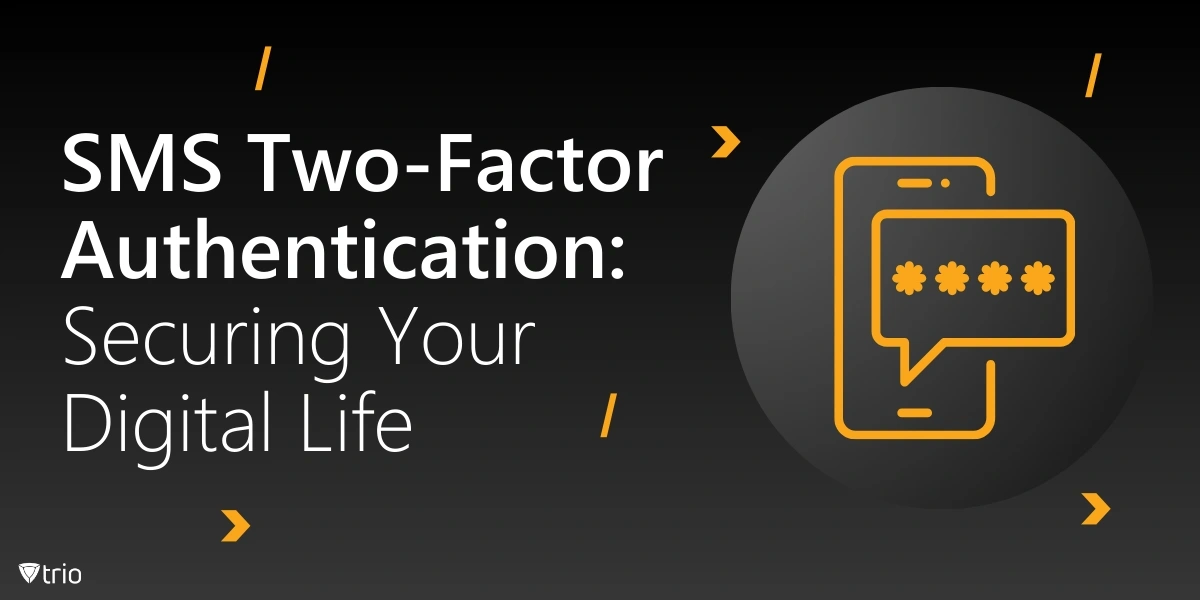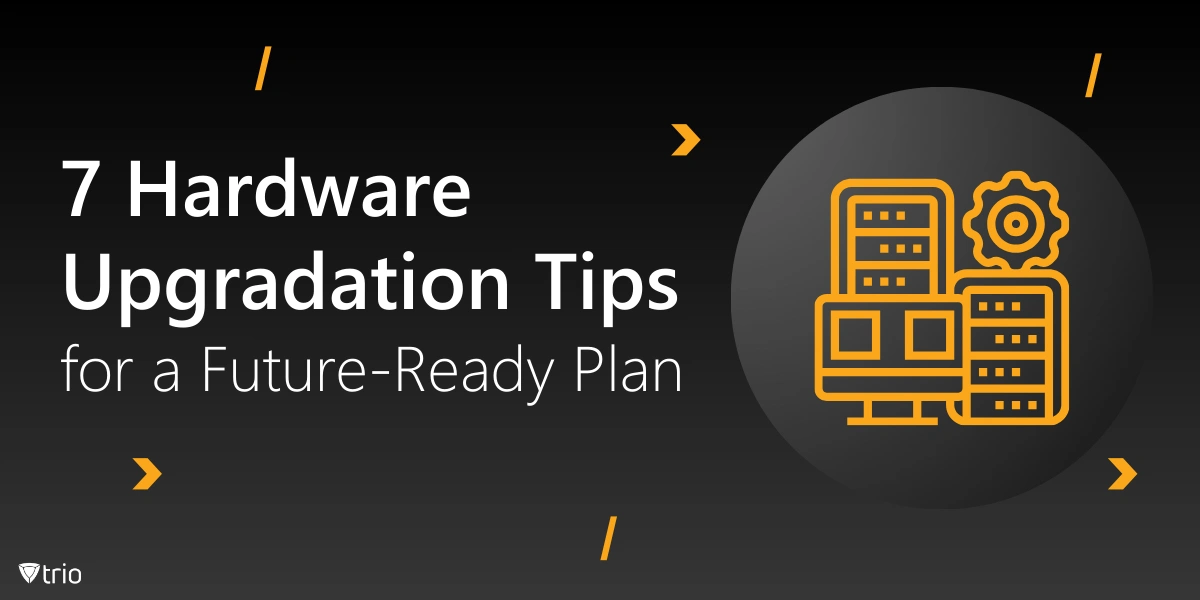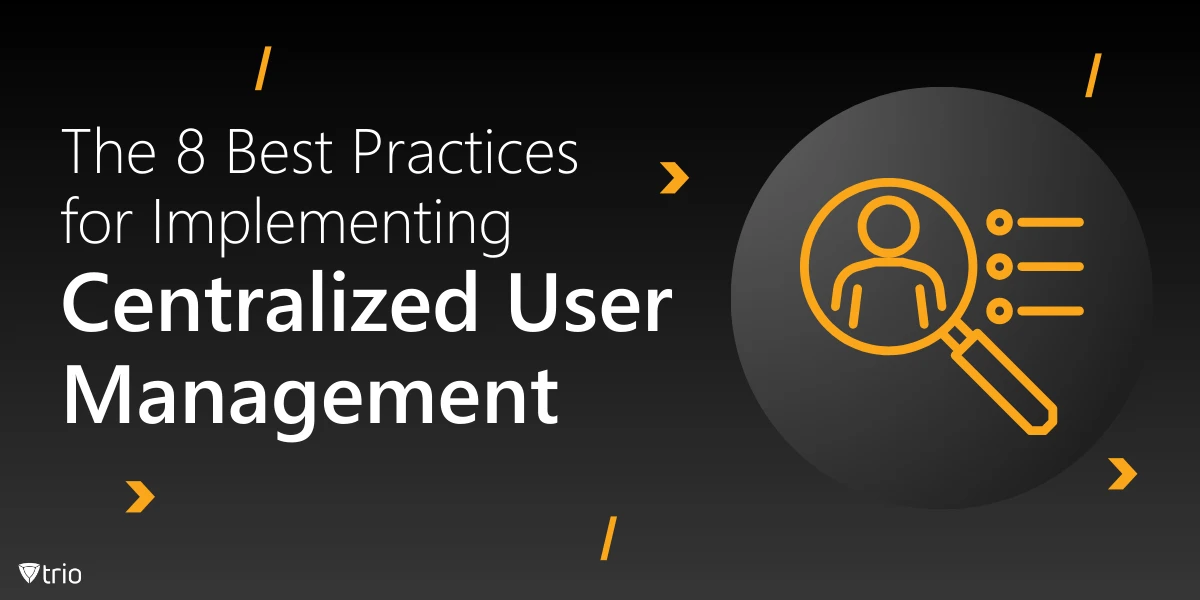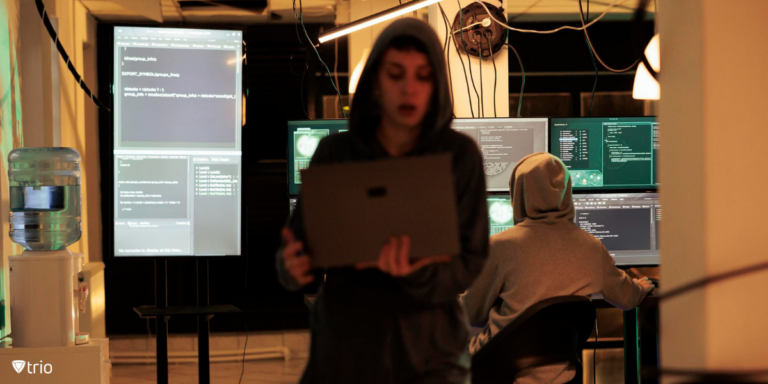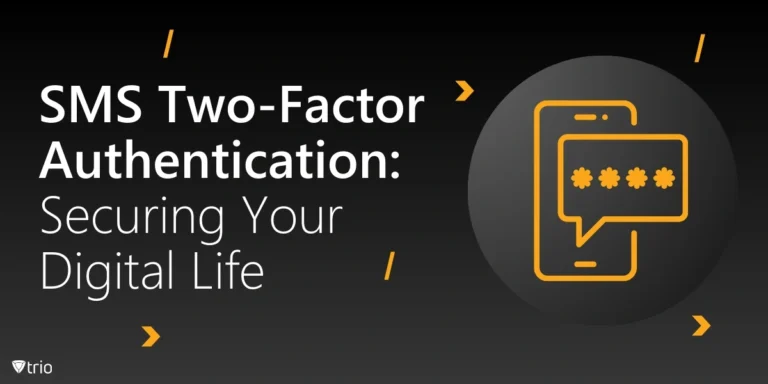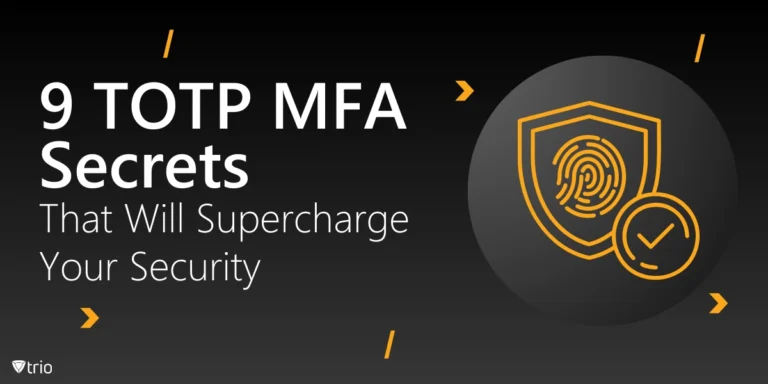The threat of cyber attacks looms large over organizations of all sizes and industries. In 2024, according to Cybersecurity Ventures, cybersecurity attacks will cost organizations $9.5 trillion USD. Understanding the different types of cyber-attacks and having a clear recovery plan is essential for safeguarding sensitive data, maintaining business continuity, and protecting against financial losses and reputational damage. In this comprehensive guide, we explore the various stages of a cyber attack and outline five key steps for effective recovery.
10 Types of Cyber Attacks
Before learning about cyber attack recovery, we have to address the different types of cyberattacks, each with its own method of infiltration and potential damage. The stages of a cyber attack differ slightly for each of these types of attack but understanding the most important types of cyber attacks can help cybersecurity immensely. Here are some common types of cyberattacks that organizations that care for their IT risk management strategies should be aware of:
-
Malware
Malware is malicious software designed to infiltrate systems and cause harm. This includes viruses, worms, Trojans, ransomware, spyware, and adware. Malware can steal sensitive information, disrupt operations, or even render systems unusable.
-
Phishing
Phishing attacks involve tricking individuals into revealing sensitive information such as passwords, credit card numbers, or login credentials by posing as a trustworthy entity. Phishing emails, messages, or websites often mimic legitimate sources to deceive recipients.
-
Denial of Service (DoS) and Distributed Denial of Service (DDoS)
These attacks aim to disrupt services by flooding networks, servers, or systems with excessive traffic, rendering them inaccessible to legitimate users. DDoS attacks amplify the impact by coordinating multiple sources to overwhelm the target.
-
Man-in-the-Middle (MitM)
In MitM attacks, cybercriminals intercept communication between two parties to eavesdrop, modify, or steal data. This can occur in various scenarios, such as public Wi-Fi networks or compromised routers.
-
SQL Injection
SQL injection attacks target databases by exploiting vulnerabilities in web applications that use SQL databases. Attackers inject malicious SQL code into input fields, allowing them to manipulate or retrieve data from the database.
-
Zero-Day Exploits
Zero-day exploits target unknown vulnerabilities in software or hardware that vendors have not yet patched. Attackers exploit these vulnerabilities before developers can release fixes or updates, making them particularly dangerous.
-
Insider Threats
Insider threats involve individuals within an organization intentionally or unintentionally causing harm by abusing their access privileges. This could include disgruntled employees, negligent actions, or employees being tricked by external actors.
-
Credential Stuffing
Credential stuffing attacks involve using stolen usernames and passwords from one breach to gain unauthorized access to other accounts. Attackers automate login attempts using these credentials, exploiting users who reuse passwords across multiple platforms.
-
Social Engineering
Social engineering attacks manipulate individuals into divulging confidential information or performing actions that compromise security. This could involve pretexting, baiting, tailgating, or other psychological manipulation techniques.
-
Advanced Persistent Threats (APTs)
APTs are sophisticated, long-term cyberattacks often orchestrated by nation-states or organized cybercriminal groups. They involve multiple stages, including reconnaissance, infiltration, persistence, and exfiltration of sensitive data.
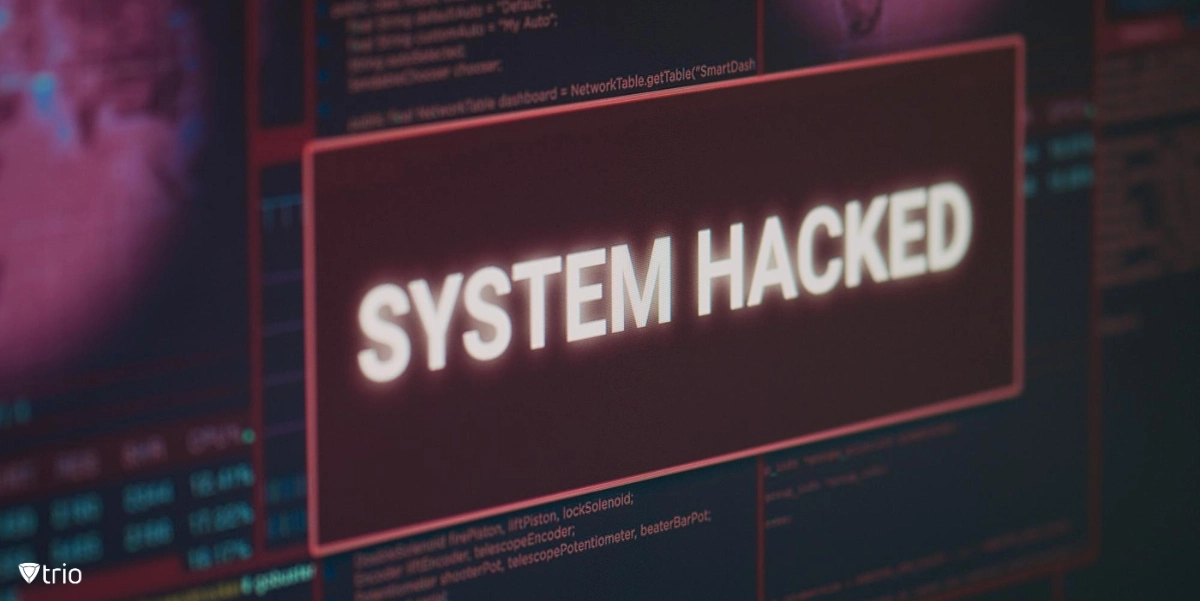
5 Steps to Take After a Cyber Attack
Responding to a cyber-attack effectively is crucial for minimizing damage and restoring normal operations. These steps include data breach recovery and more. They are also quite similar to necessary steps for a disaster recovery plan, though the two slightly differ especially since disasters are usually not something one can prevent, such as an earthquake. Here are five steps organizations should take after experiencing a cyber-attack:
-
Containment
Containing the damage is the first crucial step an organization needs to take after a cyber attack.
Isolation
Immediately isolate compromised systems or networks to prevent the spread of the attack. This involves disconnecting affected devices from the network, disabling compromised user accounts, and shutting down vulnerable services.
Segmentation
Implement network segmentation to contain the impact of the attack. Divide networks into separate segments with restricted communication between them, limiting the attacker’s ability to move laterally across the network.
Containment Procedures
Follow predefined containment procedures outlined in the organization’s incident response plan. Designate responsible individuals or teams to execute containment actions swiftly and effectively.
-
Assessment
Assessing the situation before making other decisions is crucial. Here’s what needs to be assessed.
Extent of Breach
Conduct a comprehensive assessment to determine the scope and severity of the breach. Identify what systems, applications, or company data have been compromised, and assess the potential impact on business operations.
Root Cause Analysis
Investigate how the attacker gained unauthorized access to the organization’s systems. Analyze logs, network traffic, and system activity to identify the initial attack vector and uncover any vulnerabilities exploited by the attacker.
Risk Assessment
Evaluate the risks associated with the breach, including potential data loss, financial impact, regulatory penalties, and reputational damage. Prioritize response efforts based on the severity of the risks identified.
-
Remediation
Remediation means malware removal, vulnerability patching, and security enhancements.
Malware Removal
Deploy antivirus tools and malware detection software to identify and remove malicious software from compromised systems. Update antivirus signatures and perform full system scans to ensure thorough malware removal.
Vulnerability Patching
Apply security patches and updates to remediate vulnerabilities exploited by the attacker. Patch operating systems, applications, and firmware to close security gaps and prevent future exploitation.
Security Enhancements
Strengthen security controls and implement additional safeguards to prevent similar cyber attacks in the future. This may include enhancing access controls, implementing multi-factor authentication, and deploying intrusion detection systems.
-
Communication
Communication can be broken down into these three actions:
Stakeholder Notification
Communicate promptly and transparently with internal and external stakeholders about the cyber attack. Notify employees, customers, partners, regulators, and other relevant parties about the incident, its impact, and the organization’s response efforts.
Crisis Communication Plan
Follow predefined communication protocols outlined in the organization’s crisis communication plan. Designate spokespersons responsible for interacting with the media and stakeholders, ensuring consistent messaging and timely updates.
Reputation Management
Manage the organization’s reputation by proactively addressing concerns and providing reassurance to stakeholders. Demonstrate accountability, competence, and a commitment to resolving the situation to maintain trust and credibility.
-
Monitoring and Prevention
Monitoring and data breach prevention include the following:
Continuous Monitoring
Implement continuous monitoring tools and techniques to detect ongoing threats and suspicious activities. Monitor network traffic, system logs, and user behavior for signs of unauthorized access or malicious activity.
Threat Intelligence
Leverage threat intelligence sources to stay informed about emerging cyber threats and adversary tactics. Use threat intelligence to enhance detection capabilities, prioritize security investments, and develop proactive defense strategies.
Security Awareness Training
Provide regular security awareness training to employees to educate them about common cyber threats, phishing attacks, and best practices for maintaining security. Empower employees to recognize and report suspicious activities, enhancing the organization’s overall security posture.

How MDM Solutions Can Help After a Cyber Attack
Mobile Device Management (MDM) solutions can play a crucial role in helping organizations respond to and recover from cyber attacks, particularly those involving mobile devices. While MDM solutions are primarily focused on managing and securing mobile endpoints, they can provide several capabilities that are beneficial in the aftermath of a cyber attack. If you’re dealing with a cyber attack, or want to be on the safe side of things, we recommend you use Trio’s free demo to see how you can manage your data breaches confidently while also enforcing policies that will keep you safe from future attacks.
- Remote Wipe: Trio enables administrators to remotely wipe data from lost, stolen, or compromised devices. In the event of a cyber attack, where sensitive data may be at risk of unauthorized access, administrators can initiate a remote wipe to prevent further exposure and ensure data confidentiality.
- Policy Enforcement: Trio allows administrators to enforce security policies and configurations on managed devices. After a cyber attack, administrators can strengthen security settings, such as requiring strong passwords, enabling encryption, and restricting app installations, to mitigate the risk of future attacks.
- Asset Inventory: Trio maintains a centralized inventory of managed devices, including details such as device type, operating system version, and installed applications. This information is valuable during incident response efforts, allowing administrators to quickly assess the scope of the attack and identify affected devices.
- Compliance Monitoring: Trio can monitor device compliance with security policies and regulatory requirements. Administrators can use compliance reports and alerts to identify devices that are out of compliance or at risk of security breaches, enabling proactive remediation actions. Compliance monitoring is also a crucial step of vulnerability management that can help prevent cyber attacks happening in the first place.
Conclusion
Recovering from a cyber attack requires a multifaceted approach that encompasses technical remediation, effective communication, and proactive measures to prevent future incidents. By following the five steps outlined in this guide and leveraging the capabilities of MDM solutions such as Trio, organizations can mitigate the impact of cyber attacks, strengthen their resilience against evolving threats, and safeguard their most valuable assets. In an era where cyber-attacks are increasingly prevalent and sophisticated, proactive preparation and swift response are paramount for maintaining the trust and security of stakeholders.
